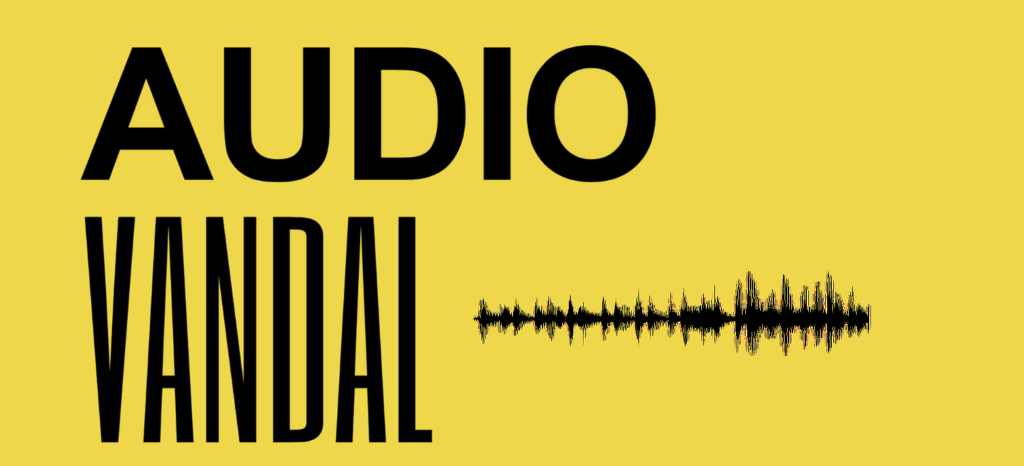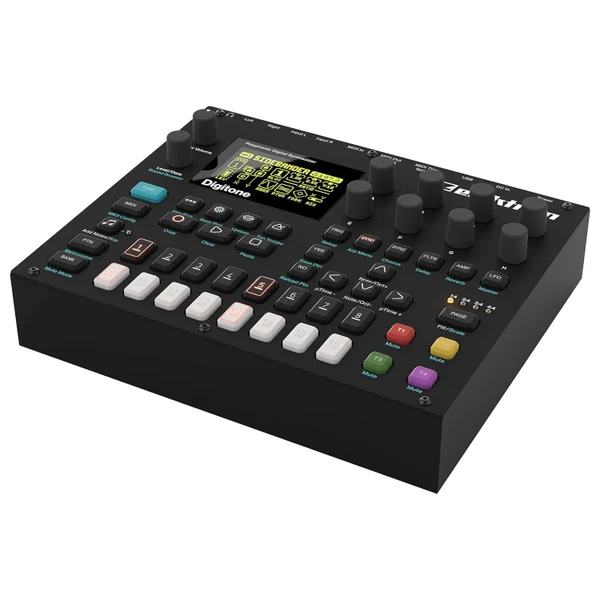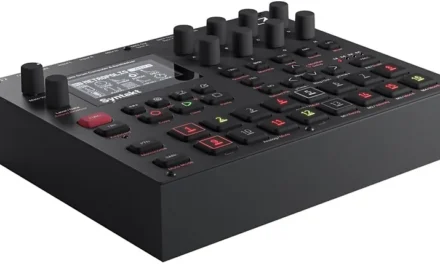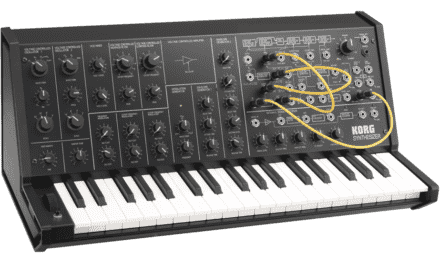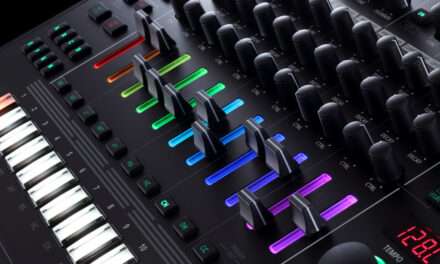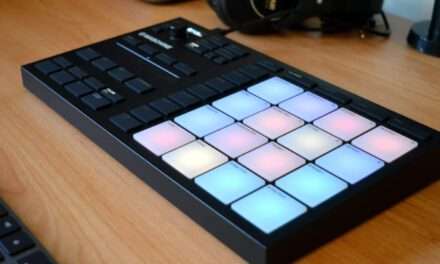When it comes to electronic music production, few brands command as much respect as Elektron. Known for their robust build quality, intuitive workflow, and forward-thinking design, Elektron has consistently delivered tools that inspire creativity. The Elektron Digitone is no exception. This compact FM synthesizer and sequencer has been making waves since its release, and after spending some serious time with it, I can confidently say it’s a standout piece of gear for both beginners and seasoned producers alike.
What is the Elektron Digitone?
The Digitone is a 4-voice FM synthesizer housed in Elektron’s signature sleek, black metal chassis. It’s part of the company’s “Digi” series, which also includes the Digitakt (a sampler) and the Digitone Keys (a keyboard version of the Digitone). What sets the Digitone apart is its ability to make FM synthesis accessible and musical, a feat that has historically been challenging due to the complexity of traditional FM synths like the Yamaha DX7.
The Digitone isn’t just a synth, though—it’s also a powerful sequencer, a MIDI hub, and a performance tool. It’s designed to be the centerpiece of your studio or a portable companion for on-the-go music-making.
Design and Build Quality
Elektron’s design philosophy shines through in the Digitone. The unit feels solid and durable, with a compact footprint that makes it easy to fit into any setup. The buttons and knobs are tactile and responsive, and the OLED screen is crisp and clear, providing just enough visual feedback without overwhelming you with information.
The layout is intuitive, with dedicated controls for sound design, sequencing, and performance. Even if you’re new to Elektron’s workflow, the learning curve is relatively gentle compared to some of their other devices (looking at you, Octatrack). The Digitone strikes a perfect balance between depth and accessibility.
Sound Design Capabilities
At its core, the Digitone is an FM synth, but it’s far from the cold, metallic tones often associated with FM synthesis. Thanks to its flexible architecture and Elektron’s thoughtful design, the Digitone can produce a wide range of sounds, from lush pads and warm basslines to percussive hits and evolving textures.
Each voice consists of four operators, which can be configured in various algorithms. The interface makes it easy to tweak parameters like frequency ratios, envelopes, and feedback, allowing you to sculpt sounds with precision. What’s particularly impressive is how musical the Digitone sounds, even when you’re diving deep into sound design. It’s FM synthesis without the headache.
The Digitone also includes a built-in filter, overdrive, and effects like reverb, delay, and chorus. These additions help you shape your sounds further and add polish to your tracks. The effects are high-quality and can be tweaked in real-time, making them integral to the sound design process.
Sequencing and Workflow
One of the Digitone’s standout features is its sequencer. Elektron’s sequencers are legendary for their flexibility and creativity, and the Digitone’s is no exception. Each of the four synth tracks has its own sequencer, and there are four additional MIDI tracks for controlling external gear. This makes the Digitone a powerhouse for both internal sound generation and external sequencing.
The parameter locks (p-locks) are where the magic happens. You can automate nearly every parameter of a sound, creating dynamic, evolving sequences that feel alive. The step sequencer is intuitive and fun to use, encouraging experimentation and improvisation. Whether you’re programming intricate melodies or driving techno rhythms, the Digitone’s sequencer is a joy to work with.
Performance Features
The Digitone isn’t just a studio tool—it’s also a fantastic performance instrument. The real-time parameter tweaking, combined with the ability to mute/unmute tracks and trigger patterns on the fly, makes it ideal for live sets. The arpeggiator and chord mode add even more versatility, allowing you to create complex patterns with minimal effort.
The Digitone also excels as a MIDI brain for your setup. With its four MIDI tracks, you can sequence external synths, drum machines, or even software instruments, making it a central hub for your entire studio.
Pros and Cons
Pros:
- Accessible and musical FM synthesis
- Powerful and intuitive sequencer
- High-quality built-in effects
- Solid build quality and sleek design
- Excellent for both studio and live use
- MIDI sequencing capabilities
Cons:
- Limited to 4 voices, which can feel restrictive for complex arrangements
- FM synthesis may still feel intimidating to absolute beginners
- No built-in battery for portable use (though it’s USB-powered)
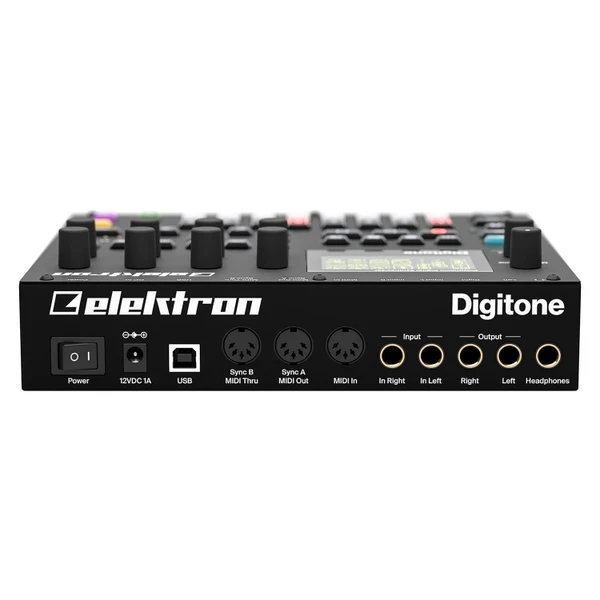
Who is the Digitone For?
The Digitone is a versatile tool that appeals to a wide range of musicians. If you’re an FM synthesis enthusiast looking for a modern, hands-on approach to sound design, the Digitone is a dream come true. It’s also a great choice for producers who want a powerful sequencer to drive their hardware setup or live performers who need a compact, all-in-one solution.
That said, if you’re looking for a synth with a massive polyphony or a more traditional analog sound, the Digitone might not be the best fit. But for those willing to explore its unique capabilities, it’s an incredibly rewarding instrument.
Final Thoughts
The Elektron Digitone is a modern classic that redefines what an FM synthesizer can be. It’s approachable yet deep, compact yet powerful, and versatile enough to handle everything from sound design to live performance. Whether you’re a seasoned producer or a curious beginner, the Digitone is a tool that will inspire you to create.
If you’re on the fence about picking one up, I’d say go for it. The Digitone isn’t just a synth—it’s an experience. And in a world full of cookie-cutter gear, that’s something truly special.
Rating: 9/10
The Elektron Digitone is a near-perfect blend of form and function, offering a unique take on FM synthesis that’s as inspiring as it is practical. It’s a must-have for anyone looking to add a touch of digital magic to their music.

